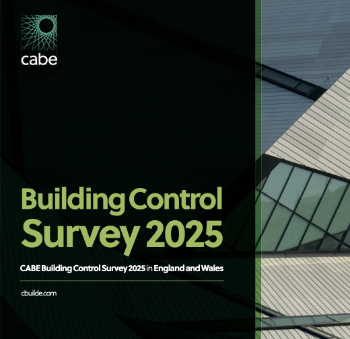Best value procurement in the construction industry
Contents |
[edit] Introduction
The best value procurement (BVP) approach is a method of purchasing construction works, services and so on. It considers criteria, such as quality, reliability and expertise, rather than just price to assess value.
[edit] History
This method was developed by the Performance Based Studies Research Group (PBSRG) in the United States (where it is most commonly used). It is also practised in the United Kingdom and the Netherlands, where it is referred to as ‘prestatie inkoop’ or performance procurement.
[edit] BVP or MEAT?
The idea behind best value procurement is to compare the long term costs and benefits associated with the vendor selection process. It is similar to the Most Economically Advantageous Tender (MEAT) principle, and both use assessment criteria such as:
- Quality.
- Price or cost using a cost-effectiveness approach.
- Technical merit.
- Aesthetic and functional characteristics.
- Accessibility.
- Social characteristics.
- Environmental characteristics.
- Innovative characteristics.
- After-sales service and technical assistance.
- Delivery conditions such as date, process and period.
In addition to MEAT criteria, best value procurement also assesses the potential for eliminating (or minimising) risk, so procurement decisions are made based on predictability. Best value procurement assigns weightings to each criteria - including reliability- and vendors or contractors are scored on each. Decisions are based on the final tally.
[edit] The process
There are four phases of the best value procurement process::
- Preparation.
- Selection.
- Clarification.
- Execution.
Being data driven, best value procurement simplifies the decision making process. This minimises the influence of vendors in the procurement process and maximises the power of the procurer.
[edit] Related articles on Designing Buildings
Featured articles and news
Designing Buildings reaches 20,000 articles
We take a look back at some of the stranger contributions.
Lessons learned from other industries.
The Buildings of the Malting Industry. Book review.
Conserving places with climate resilience in mind.
Combating burnout.
The 5 elements of seiri, seiton, seiso, seiketsu and shitsuke.
Shading for housing, a design guide
A look back at embedding a new culture of shading.
The Architectural Technology Awards
The AT Awards 2025 are open for entries!
ECA Blueprint for Electrification
The 'mosaic of interconnected challenges' and how to deliver the UK’s Transition to Clean Power.
Grenfell Tower Principal Contractor Award notice
Tower repair and maintenance contractor announced as demolition contractor.
Passivhaus social homes benefit from heat pump service
Sixteen new homes designed and built to achieve Passivhaus constructed in Dumfries & Galloway.
CABE Publishes Results of 2025 Building Control Survey
Concern over lack of understanding of how roles have changed since the introduction of the BSA 2022.
British Architectural Sculpture 1851-1951
A rich heritage of decorative and figurative sculpture. Book review.
A programme to tackle the lack of diversity.





















